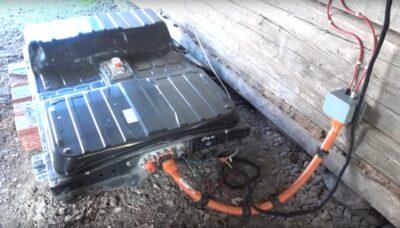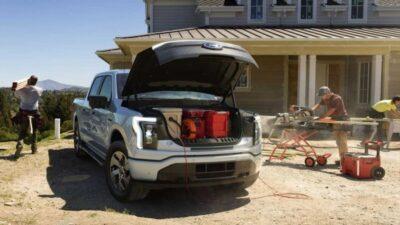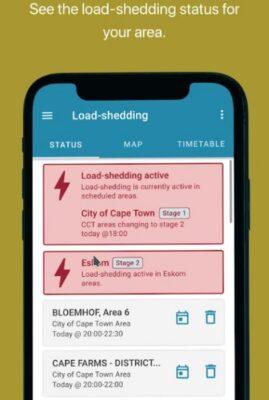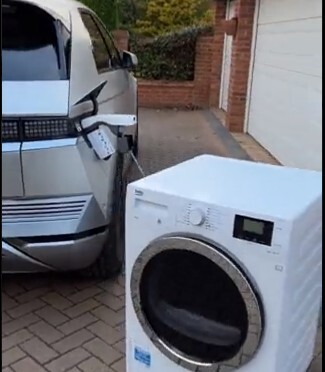Vehicle-To-Grid Made Easy: Not Need To Disassemble The Battery Pack

Normally when attempting to use a scrapped EV battery for another use, the cells would be removed from the OEM pack and reorganized to a specific voltage. This build, however, eliminates the need to modify the packs at all. A LilyGO ESP32 is used to convert the CAN bus messages from the battery pack to the Modbus communications protocol used by the inverters, in this case a Fronius Gen24, so the inverter and battery can coordinate energy delivery from one to the other automatically. With the hard part out of the way, the only other requirements are to connect a high voltage DC cable from the battery pack to the inverter.
As the article warns, though, be careful, as these packs still contain a lot of energy.
See https://hackaday.com/2023/05/25/vehicle-to-grid-made-easy/
#Blog, #loadshedding, #technology, #V2G



